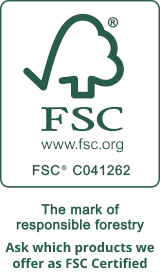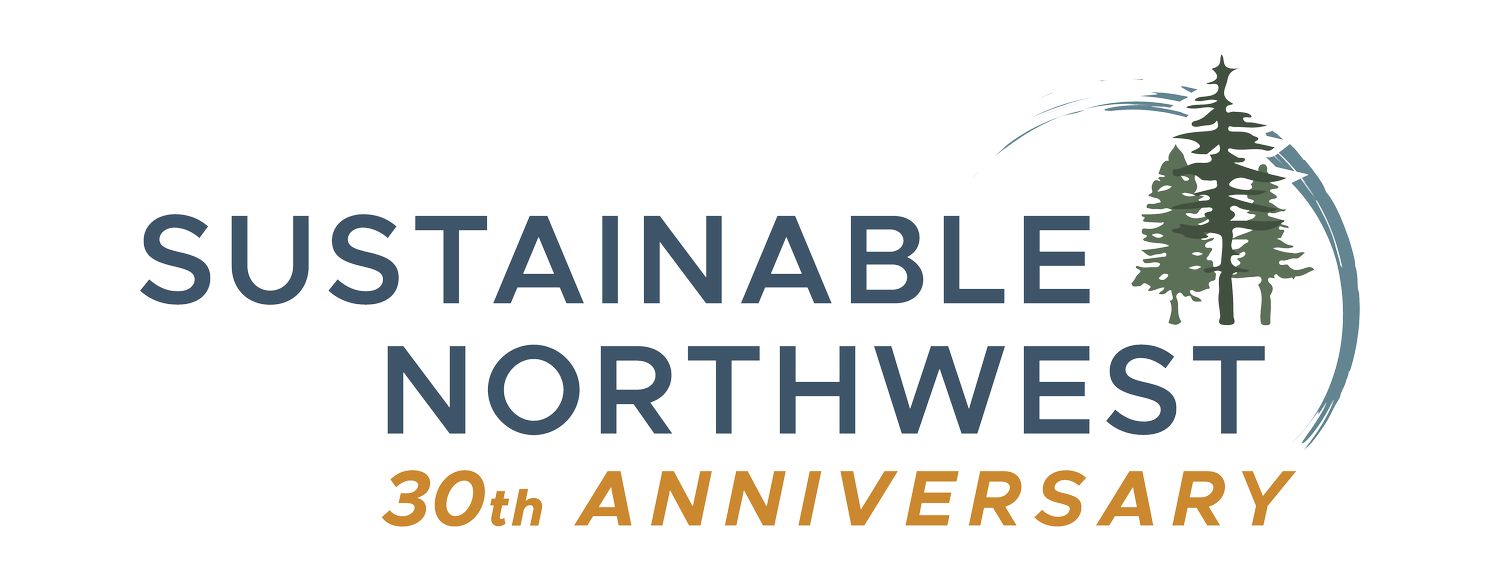Rain Cloud Tree Farm
A Walk in the Woods: Carbon Farming in the Forest

Some months ago when the weather was warm and the days were longer, The Build Local Alliance hosted a walk in the woods to highlight and discuss the role that small landowners can play in emerging carbon markets. This event was co-hosted with the Pinchot Institute for Conservation and Ecotrust at the Raincloud Tree Farm in Corbett, OR. The owners of the Raincloud Tree Farm were gracious enough to allow 30 people to come to their property on a Saturday to learn how their forest can help mitigate our excessive carbon emissions.

As you might remember from biology class, trees in forests suck-up carbon dioxide (CO2) and expel oxygen (O). The symbiotic relationship between what we need to breath and what a forest produces has largely been taken for granted as the human species has evolved. This along with other ecosystems services, such as clean drinking water, climate regulation and others, have been so neglected that in many cases we need to be more concerned about the potential to maintain them.

Society’s continued use of fossil fuels has driven greenhouse gas emissions (GHG) to the point where our climate is changing. Putting aside the debate of whether it was going to change on its own or not, burning fossil fuels is an old technology that for reasons involving air, water and land pollution is something we should be evolving away from.
To begin to wean us off this old technology some jurisdictions have created ‘cap-and-trade’ systems to ensure that industries don’t continue to release emissions, related to fossil fuel burning, without penalty. On the West coast the California cap-and-trade program was launched in 2013 to put a cap on the amount of greenhouse gases the state emits. If emitters of greenhouse gases in California emit more then the state set cap allows then they must purchase offsets for the excess emissions on the California Carbon Market.

This is where forestland and responsible forest managers come in. Since forests sequester carbon (rated as the worst greenhouse gas) forest landowners can be paid to manage their forests in a way to sequester more carbon. In the past this financial opportunity was only available to large landowners, but recently more outreach and methods have been developed for small woodland owners to be involved. As we walked the forest, presentations from the landowner, Ecotrust, Forest Carbon Works, Sustainable Northwest and others helped to shape my understanding of what goes into inventorying carbon stocks in a forest, how that sequestered carbon stock is registered and how that stock can be sold to an industrial emitter in a different state.
What resonated with me at the end of the tour is a consistent theme that we share at Sustainable Northwest Wood: if properly motivated, forest landowners can protect ecosystems services that forests provide society while counting on multiple revenue streams outside of just timber. Over the coming decades the Raincloud Tree Farm will harvest about 61 thousand board feet of logs per year with a net annual timber revenue of $18,000 while also earning $4,700 a year as a carbon sink for the state of California.
I think it's safe to say that the owners of the Raincloud Tree Farm are certainly seeing the forest for more than just the trees.

Project Support
Find local sustainable wood products in Portland Oregon

Our Why
We exist to promote Good Wood in the Pacific Northwest and beyond
Sustainable Northwest Wood
2701 SE 14th Ave.
Portland, OR 97202
Monday - Friday
8am to 5pm


© 2024 Sustainable Northwest Wood

Our nonprofit parent company is Sustainable Northwest